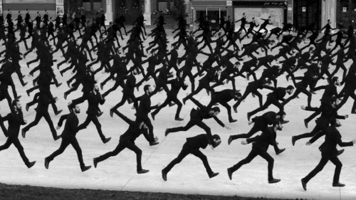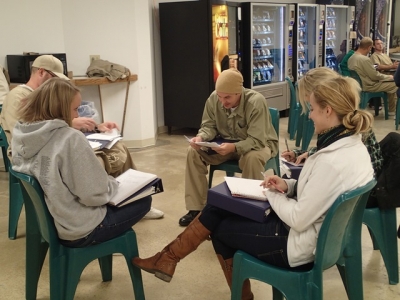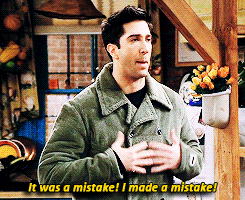- Forensic social work refers to social work with criminals, victims, or offenders. The field grows as correctional populations grow. (2/16/2016 Lecture Notes)

- Forensic social work works on all levels of social work: macro, mezzo, and micro. (2/16/2016 Lecture Notes)

- Types of jobs within forensic social work include case manager, re-entry coordinator, substance abuse counselor, homeless outreach worker, clinical social worker, parole officers, and probation officers. (2/16/2016 Lecture Notes)

- 7.2 million Americans are under some form of correctional supervision. (2/16/2016 Lecture Notes)

- 1 in 4 MSW students intern in a forensic agency and 1 in 3 BSW students intern in a forensic agency. (2/16/2016 Lecture Notes)

- Correctional institutions may employ social workers to provide counseling and case management. (2/16/2016 Lecture Notes)

- Specialized courts, such as drug and domestic violence courts, may employ social workers. (2/16/2016 Lecture Notes)

- Criminal justice and social work have different and often conflicting values. For example, criminal justice values punishment, zero tolerance policies, depowerment, debts, and retribution, while social work values social justice, empowerment, the theory that all people can change or reform, cognitive approach, motivational interviewing, and restorative justice. (2/16/2016 Lecture Notes)

- Restorative justice is a system of criminal justice that focuses on the rehabilitation of offenders through reconciliation with victims and the community at large. This is done via victim/offender conferencing and the circle sentencing approach. (2/16/2016 Lecture Notes)

By Gilda Goldental-Stoecker